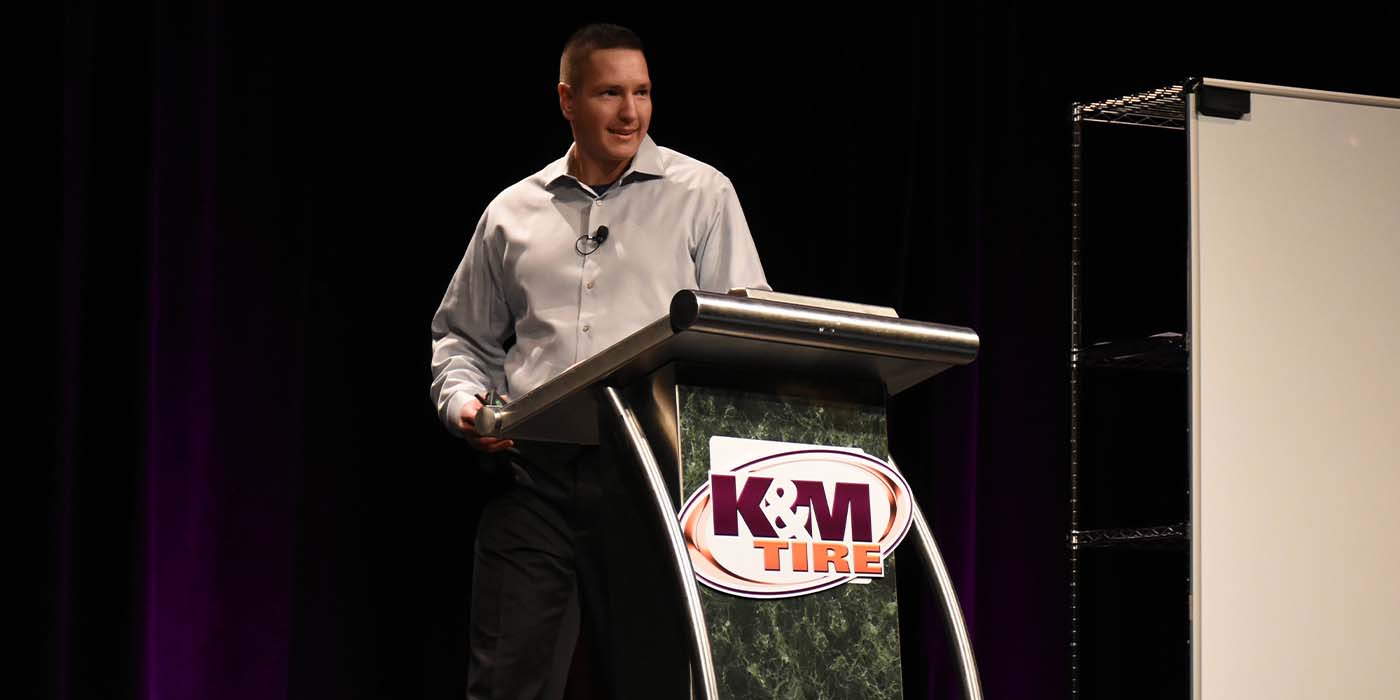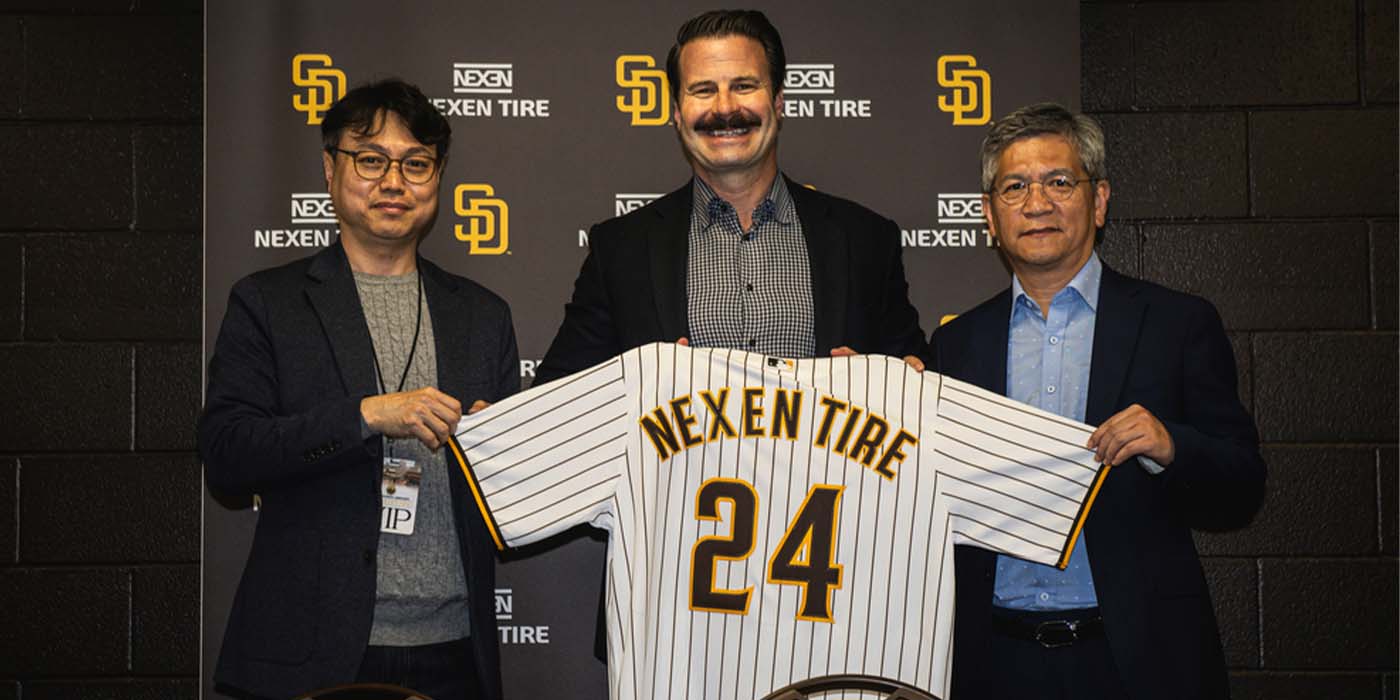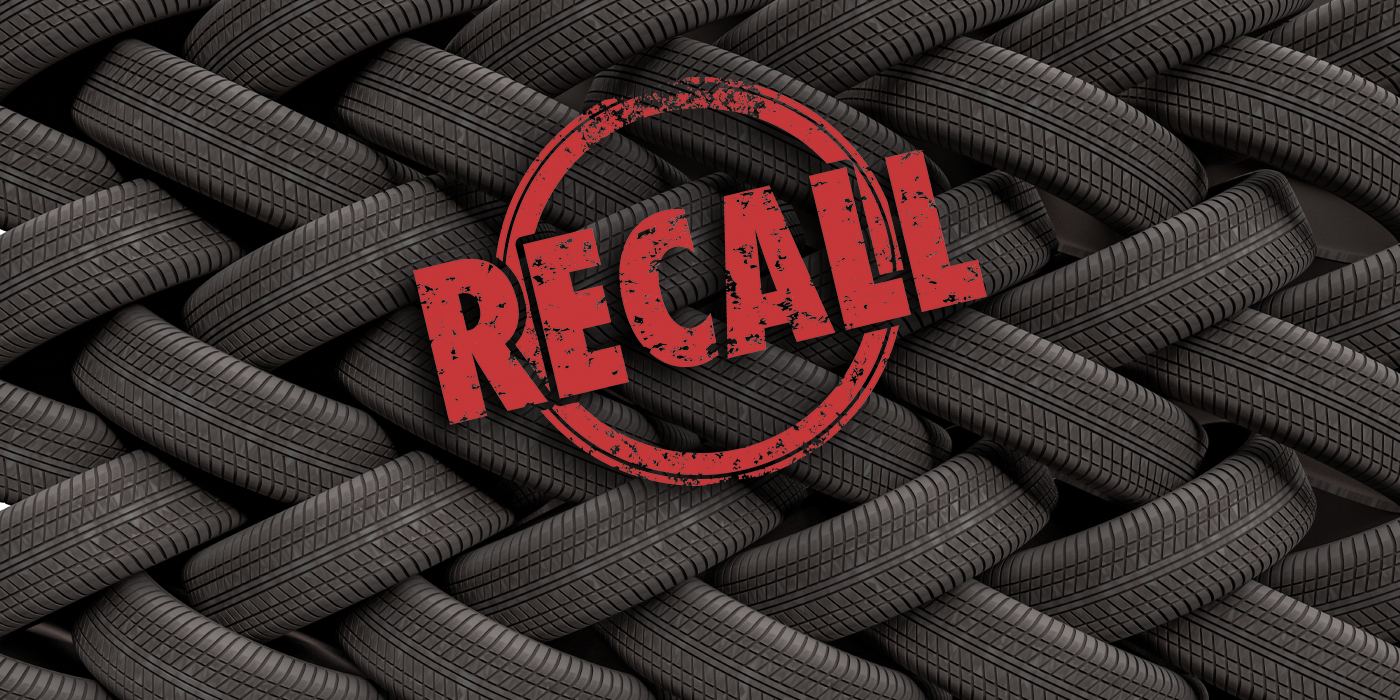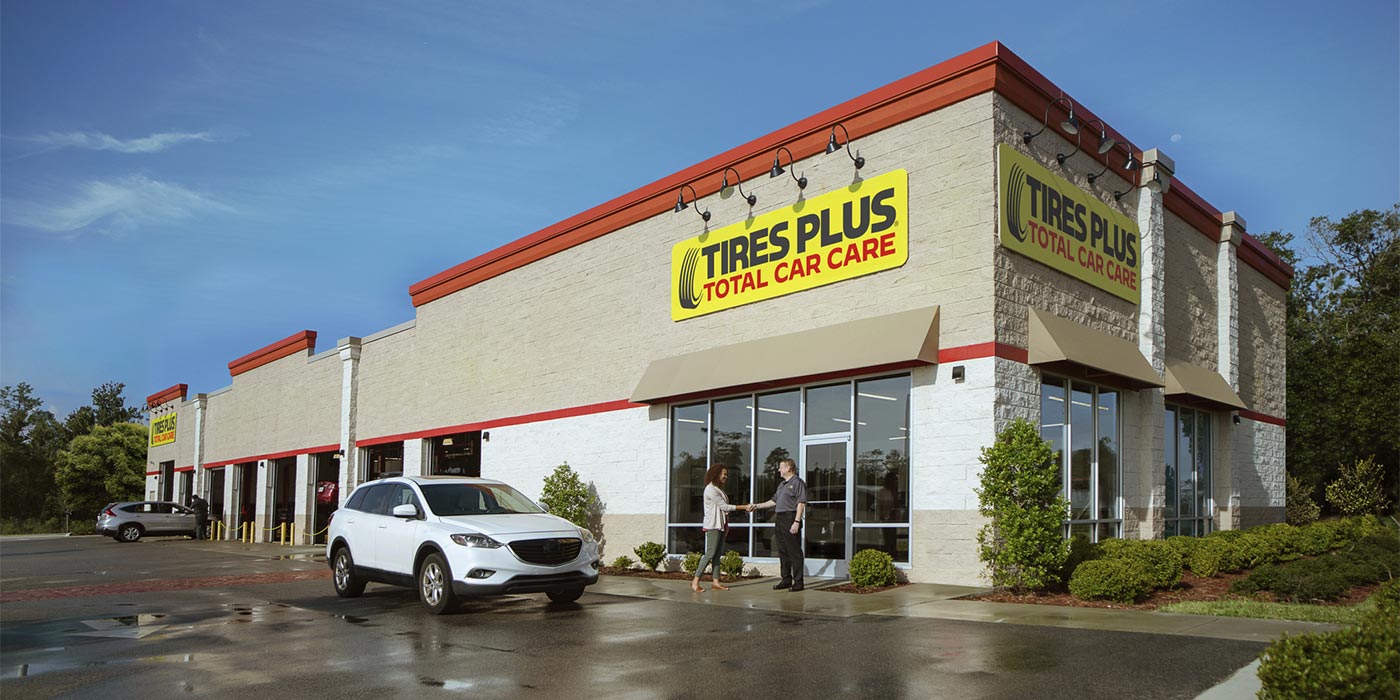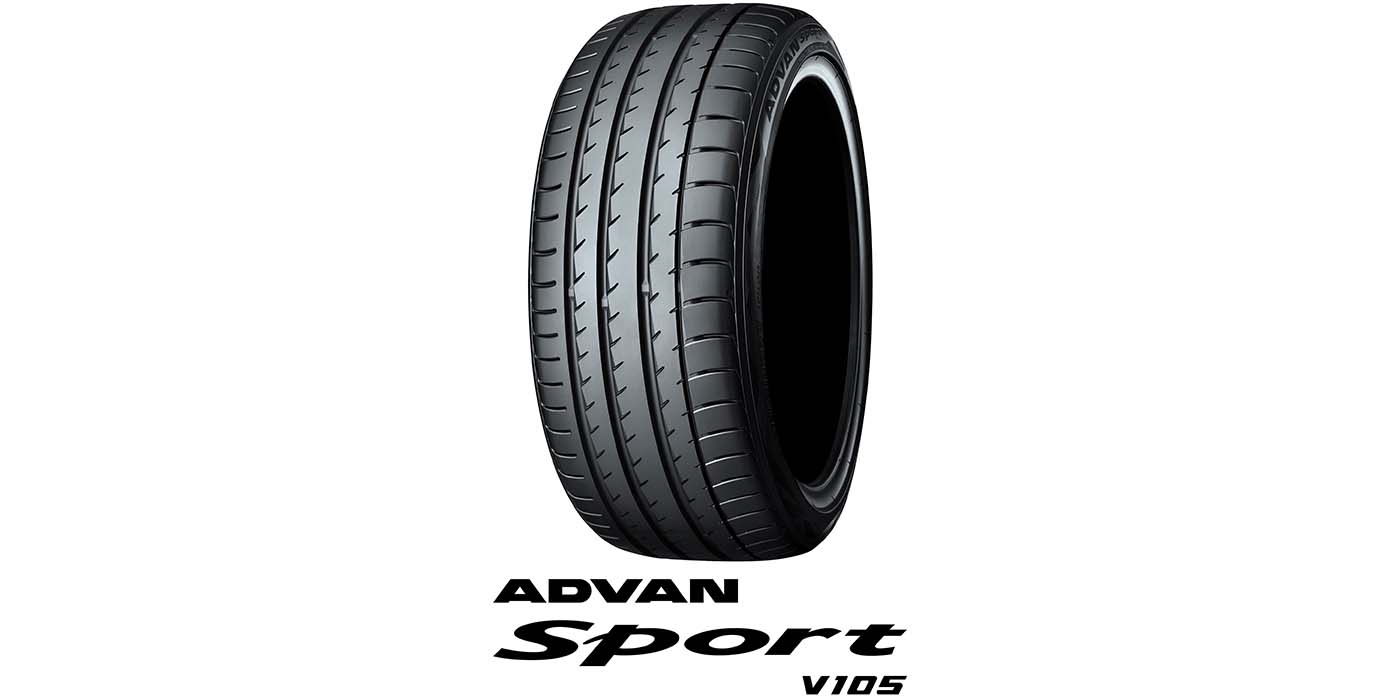Things move quickly in the online world. Even business moves "at the speed of thought," as Bill Gates suggested in the title of his book of the same name.
While the tire industry has shown some signs of reticence when it comes to doing business over the Internet, in recent years the tide has turned and most large (and many small and medium sized) tire companies now see online involvement as a permanent part of their business. However, recent developments in social marketing and price comparison sites only go to show that if you don’t keep up, you may lose out. Tyres & Accessories analyzed the latest data and spoke to some leading players on the frontiers of tire e-business to see what pitfalls and opportunities lie ahead for the U.K. and European tire business.
The first question we have to ask is: is the online tire marketplace already considerably bigger that we thought? For some time the received wisdom has been that online tire retail or e-tail accounts for less than 5% with most estimates hovering around the 3% market. Last year insiders at a certain large French tire manufacturer suggested the real figure could be as much as three times that amount. At the time, most people T&A spoke to thought this was an overestimation, however during a recent exchange Harley Titchener, senior account manager at GfK NOP Research Panels, told us that it could even be more than this.
Bigger Than we Thought?
According to Gfk, the online channel is one of the most dynamic areas of the British tire market and “has been embraced to a greater degree than ever before with manufacturers and distributors recognizing its importance and relevance for a customer that is becoming increasingly internet savvy.” The result of this increased focus on e-commerce has been steady online sales growth to the point where 1:10 is sold online (year-ending June 2011). Looking back a couple of years, Titchener explained, that ratio was closer 1:20. Looking further ahead, another as yet unpublished report produced by a leading tire manufacturer suggests this channel could account for anywhere between 40%% of sales by 2020. So whichever way you look at it – indeed if you agreed with those that said the UK online tire market was or is around 3% of the total volume – the order of growth reported by GfK and predicted by other sources cannot be ignored.
This point is underlined by the fact that those not actually buying their tires online are increasingly using the Internet as a pre-purchase research tool. According to GfK, almost 1 in 5 customers now undertake some form of online research before making their purchase. Other sources put this figure considerably higher.
Price Comparison and the Tire Market
With average tire prices increasing and consumer budgets being squeezed by the recession and higher fuel costs, it is no surprise to see that GfK’s data suggests that the proportion of customers looking up price comparison sites, brand and outlet information online has increased year-on-year. We have all heard of gocompare.com and comparethemarket.com, which offer price comparisons of things like car insurance, but during the last year or so they have been joined by a number of tire price comparison equivalents.
Interestingly, tire price comparison as a field is not occupied by the best-known players. Instead a number of home-grown enterprises (such as tyrepriceadvisor.co.uk, tyresearcher.com and cartyresforsale.co.uk as well as France-based rezulteo-tyres.co.uk) are seeking to corner the market. There are others and T&A knows of plans for more that aren’t visible yet, but so far unconfirmed reports suggest that tyrepriceadvisor is the market leader followed by tyresearcher and cartyresforsale. The others are said to be having negligible impact on the market at the moment. Tyrepriceadvisor’s strength is in the fact that it is linked to tyres-online.co.uk, which produces regular and varied content relating to tires. And, being as it is part of the first run of tire websites, it ranks highly with search engines.
Knowing that online tire retail already accounts for a significant chunk of U.K. retail sales and that pre-purchase research is even more important, the comparison sites seek to do business by showing consumers a range of prices for the same (or very similar) products before referring the customer to the relevant e-tailer. In exchange for the customer referral the e-tailer pays the comparison site a commission, usually between 4% and 7%, but this varies from company to company and can be dependent on volume.
So does this mean consumers are finding bargains online? The GfK NOP panel data indicates that to some extent they are. The average price for online purchases is reportedly lower than purchases made off-line and a larger proportion of online sales come from the sub £50 price point. This could be driven by increased competition and the emergence of the price comparison sites, but the reasons are far from clear. And what’s more this assessment doesn’t necessarily contradict previous data supplied by another source that suggested that the average online tire price was some £10 to £15 higher than it was a couple of years ago. Considering the number of tire price increases that have been implemented at the manufacturer level since then, it seems unlikely that it would be any less than this now.
Social Networks: Connecting to Tire E-Tail Customers
Demographically, online tire shoppers are slightly different to offline customers. They tend to be younger, with 35% of online sales coming from 16-34-year-olds. In contrast, the 16-34-year-old age bracket accounts for 18% of off-line tire purchases. Additionally, there are a higher proportion of male online purchasers with 71% of online purchasers being male, as opposed to 62% male buyers offline. So basically, twice as many young people buy tires online and this group is more likely to be male.
And this is where social networks such as Facebook and Twitter come in. As tire manufacturers and retailers alike engage with these socializing and so-called micro-blogging sites, they both feed and are fed by the young male tire buying demographic referred to above.
Facebook’s latest membership information illustrates the point. Currently this social network alone reports that it has more than 750 million active users. And the fact that Facebook users have an average of 130 “friends” or connections means each person tire businesses connect with online is like a micro advertising opportunity; it presents tire manufacturers and retailers with the opportunity to convert not only one enquiry into a sale, but to see their products and services recommended virally around the rest of the user’s friends.
Social network market shares, according to a July 2011 study by Experian, are: Facebook, 50.14%; YouTube, 22.54%; Twitter, 3.49%; MySpace, 0.44%; and others, 23.39%.
Social networking is also more mobile than previous generations of online interaction. Currently more than 250 million active users access Facebook through their mobile devices. And, according to the site itself, people that use Facebook on their mobile devices are twice as active as non-mobile users – all of which provides tire companies with real-time access to the hearts and minds of the tire buying public.
Social networks like Facebook are also increasingly international. Facebook, for example, is available in more than 70 translations and about 70% of Facebook users are outside the U.S.
While Facebook’s status as the largest social network makes its vital signs a good indicator of the breadth of influence this technology has, for all its three quarters of a billion members, there are already signs that Facebook has peaked. And while July’s Experian data show that by market share YouTube is the next biggest social network, some would argue that the video sharing site provides less opportunity for interaction than Facebook or fast-growing Twitter. Twitter’s current market share of just 3.49% belies the fact that this network broke the 100 million member barrier in September and is still very much in it growth phase. Another network noticeable by its absence from Experian’s list, and which is arguably more important for business to business purposes, is LinkedIn. This business networking and CV-sharing site also have upwards of 100 million members.
Pre-2011, tire companies were relatively slow to engage with the social networks. When Tyres & Accessories set up its twitter account (@tyrepress) in 2009, for example, it wasn’t easy finding tire manufacturers, wholesalers and retailers to follow. Sure, there were accounts for the global head offices of some firms and plenty of tire and wheel depots in the U.S., but until more recently there were far fewer over here. During the last year or so this has clearly changed with significant financial and time investment being made into social networking and blogger outreach by the large firms.
T&A recently ranked the leading tire manufacturers’ efforts in the U.K. as a means of gauging progress. The rankings were compiled using two of the leading measures of social impact, Klout and PeerIndex. The two scores these systems offer were then averaged for consistency. Owing to the fact the top six tire makers are very much global players, using the U.K.-based social networking handles gives us the opportunity to keep the data consistent. This also filters out biases in favor of non-English languages.
The most connected tire manufacturers’ Twitter IDs and their average impact scores are as follows: ContiUK, 43; MichelinTyres, 41.5; DunlopLive, 35; PirelliIUK, 34; Goodyear_UK, 29.5; and BridgestonreTyre, 22.
Well done to Continental, which clearly placed top with an overall score of 43, 1.5 points ahead of Michelin which, considering its consistently strong performance in general online branding terms, will no-doubt be disappointed with this result. After the top two there were 6.5 points of clear air before Dunlop, in third. However, when you consider that the Goodyear Dunlop joint venture has two top six places when you add in fifth-placed Goodyear (29.5), you could argue that their combined influence is greater. Just behind Dunlop, Pirelli showed a competitive performance. Bringing up the rear of the top six, Bridgestone’s score of 22 was surprisingly only half of that of top ranking Continental.
It is early days for both price comparison and social networking, meaning the shape of the market is still very much fluid. With reference to the comparison sites, while a small number of players dominate at the moment, other sites are likely to link tire content and price comparison together with tire retail and even stand to make possible additional revenue through advertising. When it comes to social networking, too, it is clear that this method of connecting with customers is still very much evolving and it will be interesting to see what our social networking rankings look like in a year’s time. In this respect one thing looks clear, there are likely to be a lot more companies investing a lot more in this area during the next 12 months.
Number Crunching
For anyone wondering about the approach adopted by the researchers quoted through this article, the GfK NOP research utilizes a 12,000-strong panel to collect consumer tire purchase data from across Great Britain on a quarterly basis. Following the completion of the fieldwork the data is weighted, in line with ONS targets, so that it is representative of the GB population. However, we have to point out that GfK NOP tire market data is consumer driven and, as such, excludes fleet purchases. (Tyres & Accessories)


